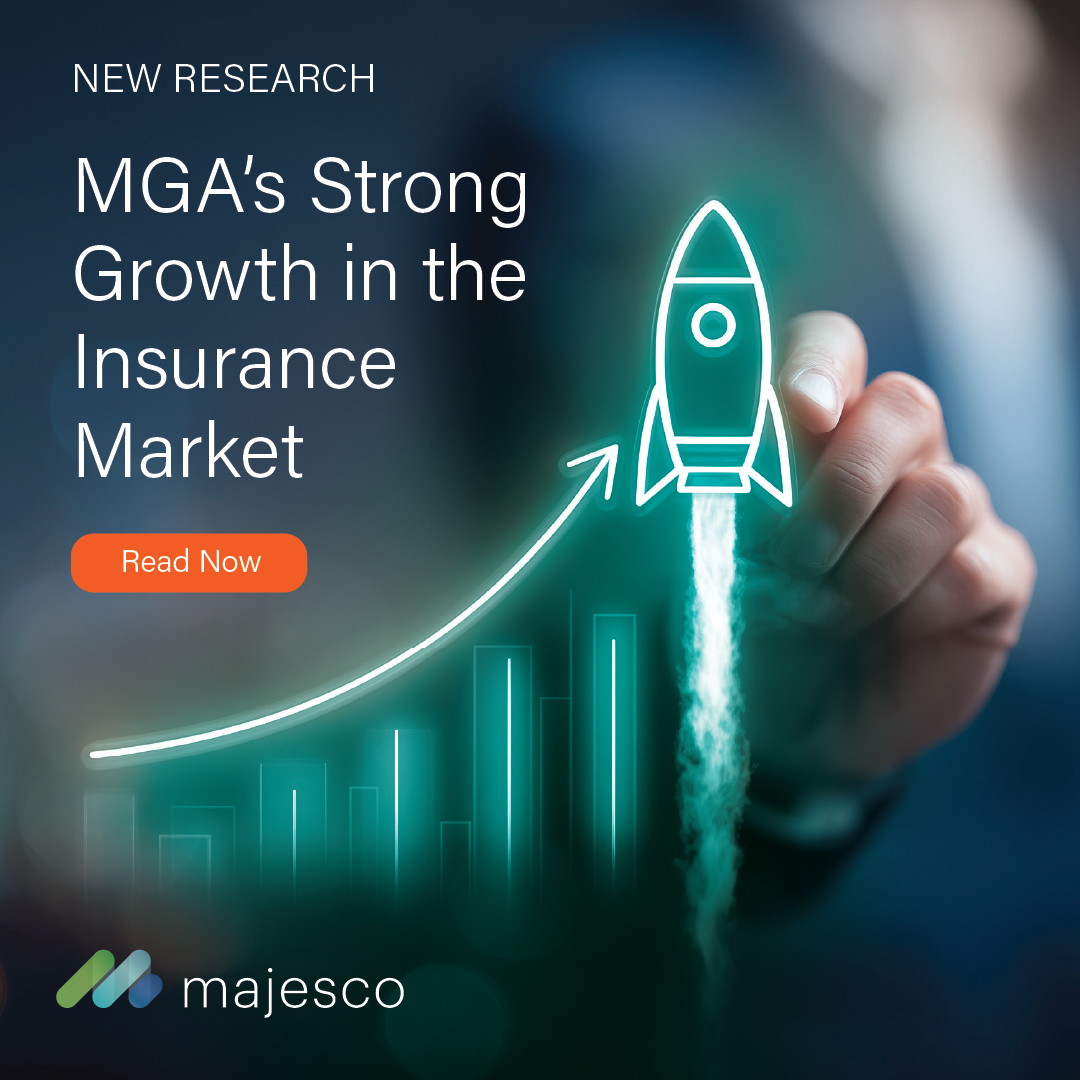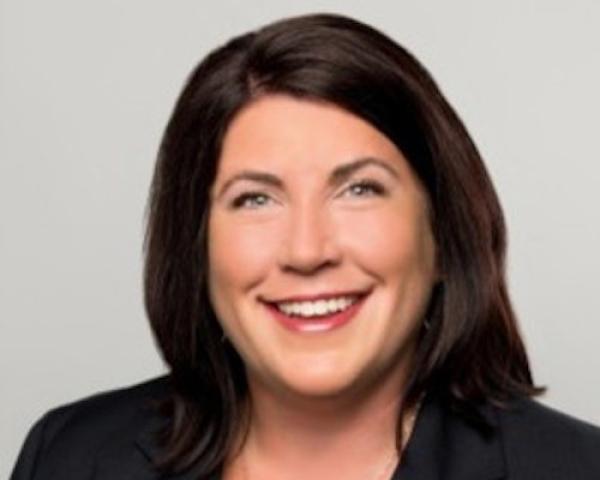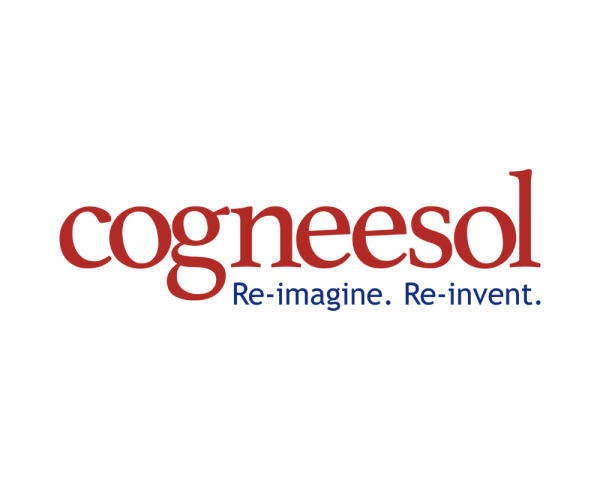The frequency and intensity of severe weather events have shifted dramatically, making it harder for insurers to predict and price risk. Once-seasonal catastrophes like wildfires, hurricanes, and hailstorms are now occurring more often and in areas previously considered low-risk.
Devastating events such as the Paradise and Marshall wildfires, Hurricane Helene, and recent widespread hailstorms in cities like Denver and San Antonio illustrate the expanding spectrum of climate-driven losses. According to a major P&C public insurer, in the first half of 2023 alone, there were 43 separate catastrophe events — many below reinsurance thresholds. Texas, Florida, and Colorado accounted for roughly half of all losses, while only six states nationwide went untouched.
Combined with rising costs and population growth in high-risk regions, this volatility is putting mounting pressure on insurers. Many property and casualty (P&C) carriers are scaling back or exiting markets like Florida and California, highlighting how climate risk is fundamentally reshaping the insurance landscape.
To respond effectively, insurers are increasingly turning to hyperlocal weather data.
The Trust Imperative
Weather intelligence at the local level has the potential to improve underwriting, accelerate claims, and reduce uncertainty. Yet adoption remains uneven. Translating raw data into actionable insights, without overcomplicating pricing or eroding policyholder confidence, is still a challenge.
Both insurers and policyholders need to trust the data underlying coverage decisions. Faster, data-driven claims processes depend on confidence that the evidence is accurate and objective. The next wave of innovation is likely to come from bridging this trust gap, making weather analytics transparent, verifiable, and practical across all stages of insurance operations.
A Turning Point for Insurers
At the heart of this challenge is uncertainty. Forecast accuracy has always been central to insurance modeling, but its importance grows as climate volatility rises.
Insurers rely on precise forecasts to anticipate losses, manage exposure, and guide portfolio decisions. Yet weather can change in an instant, and accuracy today goes beyond hit rates. It requires understanding the probabilistic nature of events and quantifying the likelihood of different outcomes.
A small snowstorm may be manageable in Chicago but catastrophic in Atlanta, affecting auto claims, emergency response, and ultimately premiums. By combining AI-driven ensemble modeling with expert meteorological analysis, insurers can produce forecasts that are both precise and actionable for their unique geographic footprints. Probabilistic forecasting turns such uncertainty into measurable, manageable risk.
These advances come at an inflection point. While insurtechs have introduced new technologies, scaling these innovations depends on the financial strength and operational expertise of traditional P&C insurers. Established carriers have the capital, data infrastructure, and institutional knowledge to withstand climate volatility and actively drive innovation.
Historically, commercial insurance centered on reducing risk for business policyholders. Today, AI and expansive weather and property datasets bring that same precision to highly localized levels. Insurers can tailor policies to the risks of individual communities, or even individual homes, shifting from reactive recovery to proactive risk reduction.
This transition marks a broader transformation in the industry: moving from managing losses after they occur to anticipating and mitigating risk before it happens.
Faster, More Predictable Coverage
Parametric, or event-based insurance exemplifies this evolution. Once considered niche, it has gained prominence as extreme weather becomes more frequent. Parametric coverage provides faster, more predictable payouts while limiting insurers' downside risk and keeping coverage affordable. Unlike traditional policies, parametric products are triggered by measurable thresholds — such as rainfall, wind speed, or hail size — rather than the extent of physical damage.
Trusted, high-resolution sources with deep historical records ensure fair and accurate payouts. When executed correctly, parametric coverage eliminates the need for on-the-ground adjusters and accelerates claims, offering policyholders transparency and speed when every hour after a loss matters.
Forensic meteorology, long a trusted courtroom tool, is also evolving. Certified meteorologists have historically reconstructed weather events to corroborate claims. Today, timestamped, high-resolution data from lightning sensors, mesonets, radar, satellites, LiDAR (Light Detection and Ranging), synthetic aperture radar, and drones enhances precision and objectivity.
Ground truth remains critical. Many modern models approximate conditions, but insurers need verifiable, physical data for high-stakes decisions. Combining human expertise with advanced sensing technology accelerates claim validation, detects potential fraud, and ensures fairness for both policyholders and carriers.
Bridging Tech, Science, and Strategy
The challenge isn't just having data; it's translating it into action. Too often, information is delivered in an "over-the-wall" fashion, leaving insurers struggling to interpret or integrate insights effectively.
By combining deep meteorological knowledge with an understanding of operational realities, carriers can identify the signals that matter most for underwriting, claims, and risk modeling. When science and strategy align, insurers can move from reacting to proactively managing the weather's impact. Structured, repeatable processes allow carriers to deploy data where it matters most, improving decision-making and strengthening customer outcomes.
Insurers are investing heavily in AI, machine learning, cloud computing, data acquisition, APIs, and complementary technologies like robotic process automation, low-code platforms, IoT, and blockchain. Together, these systems create a more connected and intelligent insurance ecosystem.
Generative AI can simulate countless weather and loss scenarios, enabling insurers to anticipate risks, prevent claims before they occur, and uncover patterns human analysts might miss. AI-driven analytics also transform personalization and fraud detection. From targeted marketing campaigns to prescriptive insights for individual policyholders, these tools allow carriers to evolve from broad risk models to precise, data-informed strategies. Agents can make faster, smarter decisions, while direct-to-consumer carriers can craft hyperlocal policies reflecting a property's true exposure profile.
The Era of Climate Resilience
The convergence of hyperlocal weather data, probabilistic forecasting, forensic meteorology, parametric insurance, and AI-driven analytics is ushering in a new era of climate resilience. Insurers today are actively shaping how society anticipates, prepares for, and responds to extreme events.
Precision, trust, and actionability have become the backbone of modern risk management, enabling both policyholders and carriers to navigate an increasingly volatile climate with confidence.






















